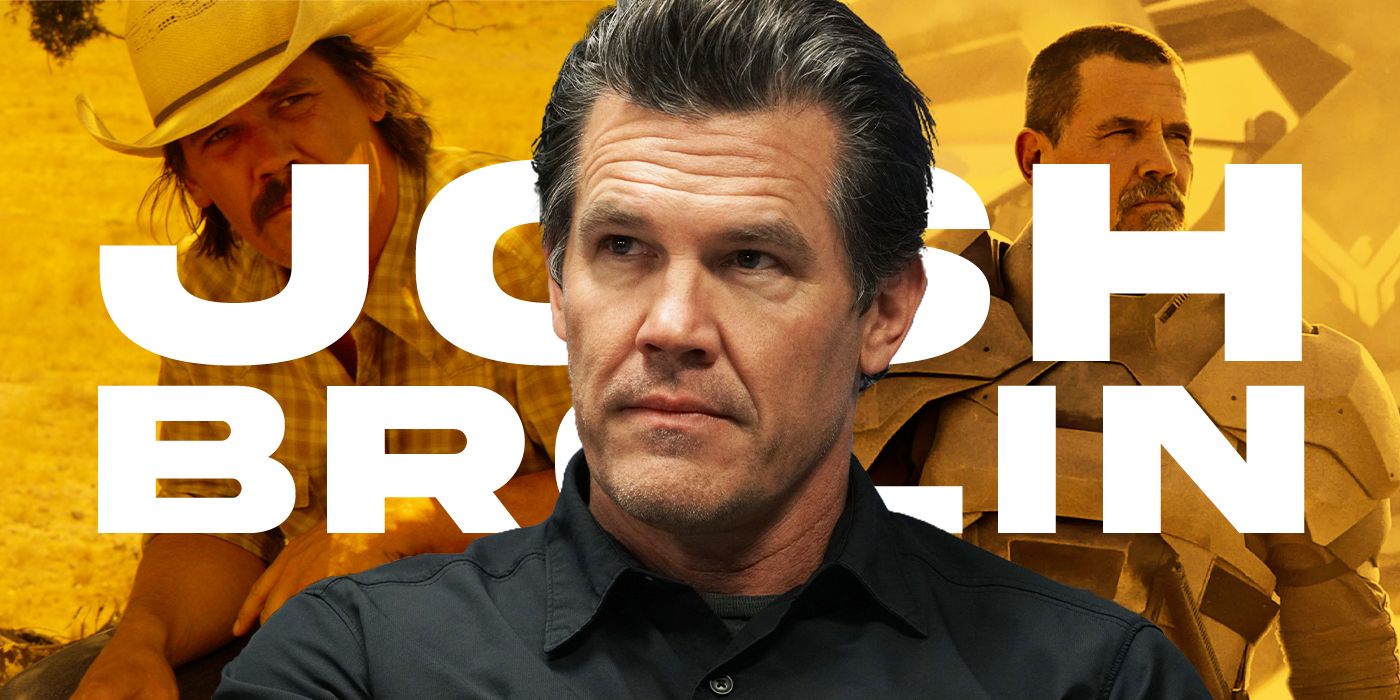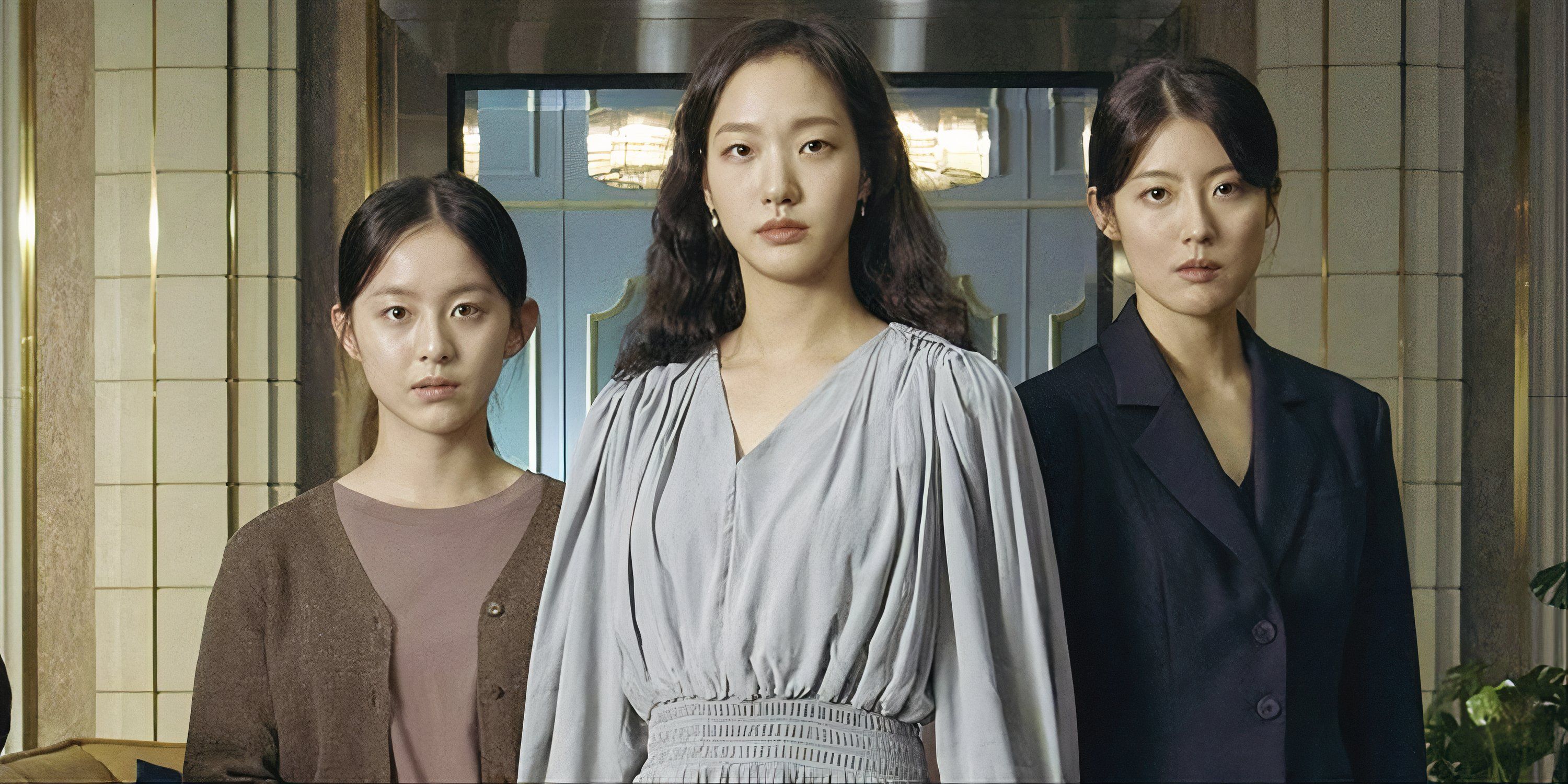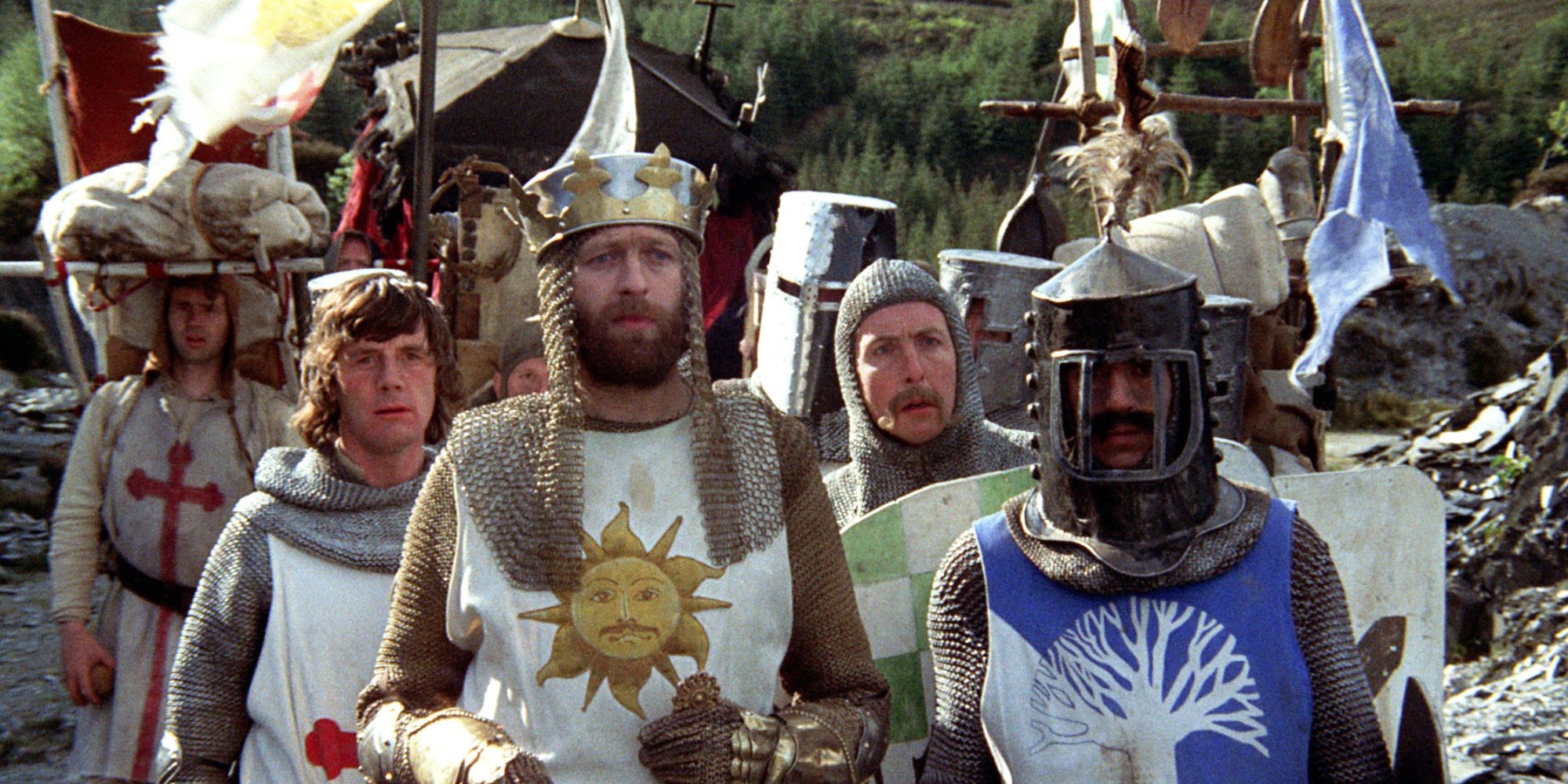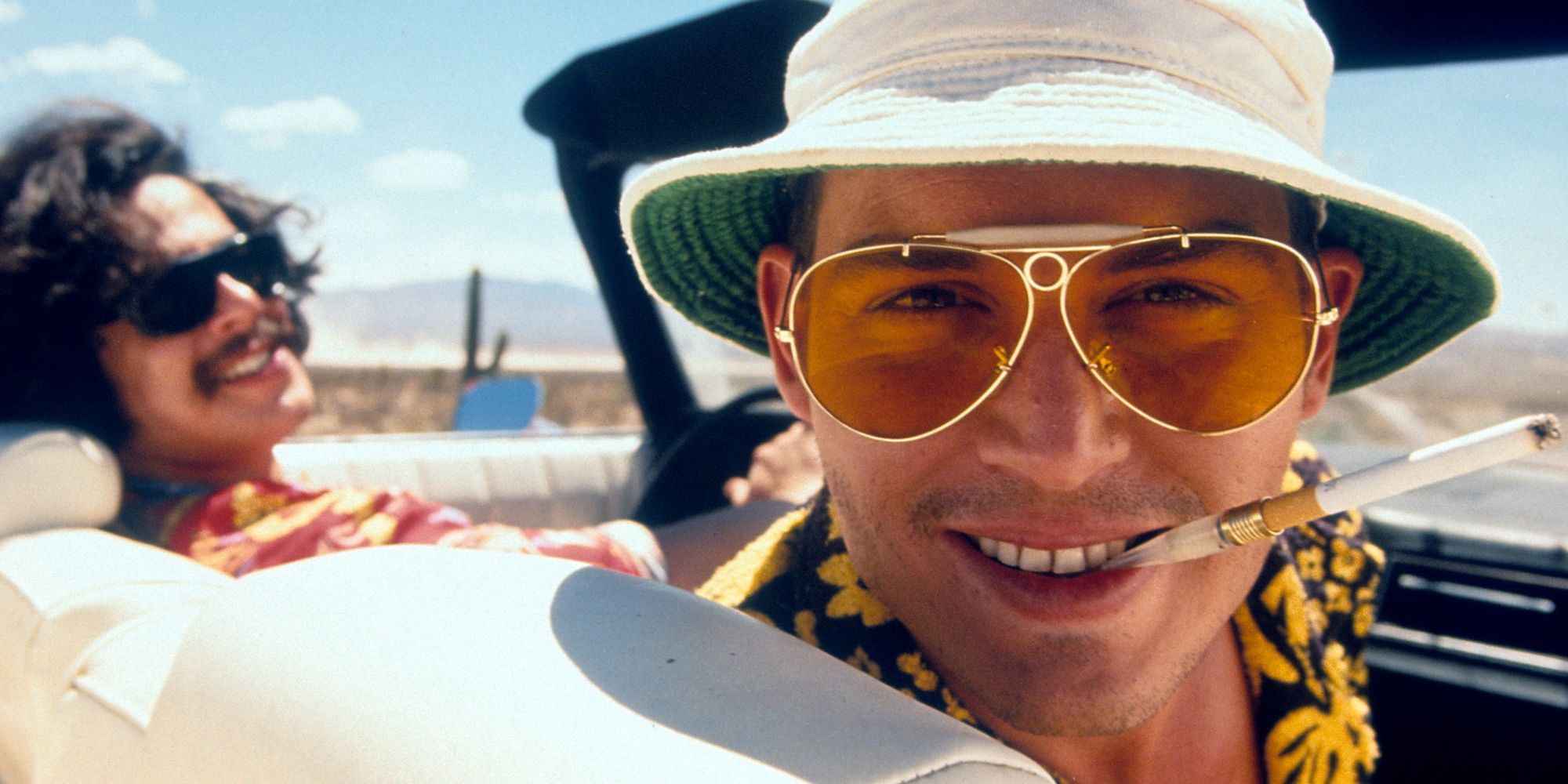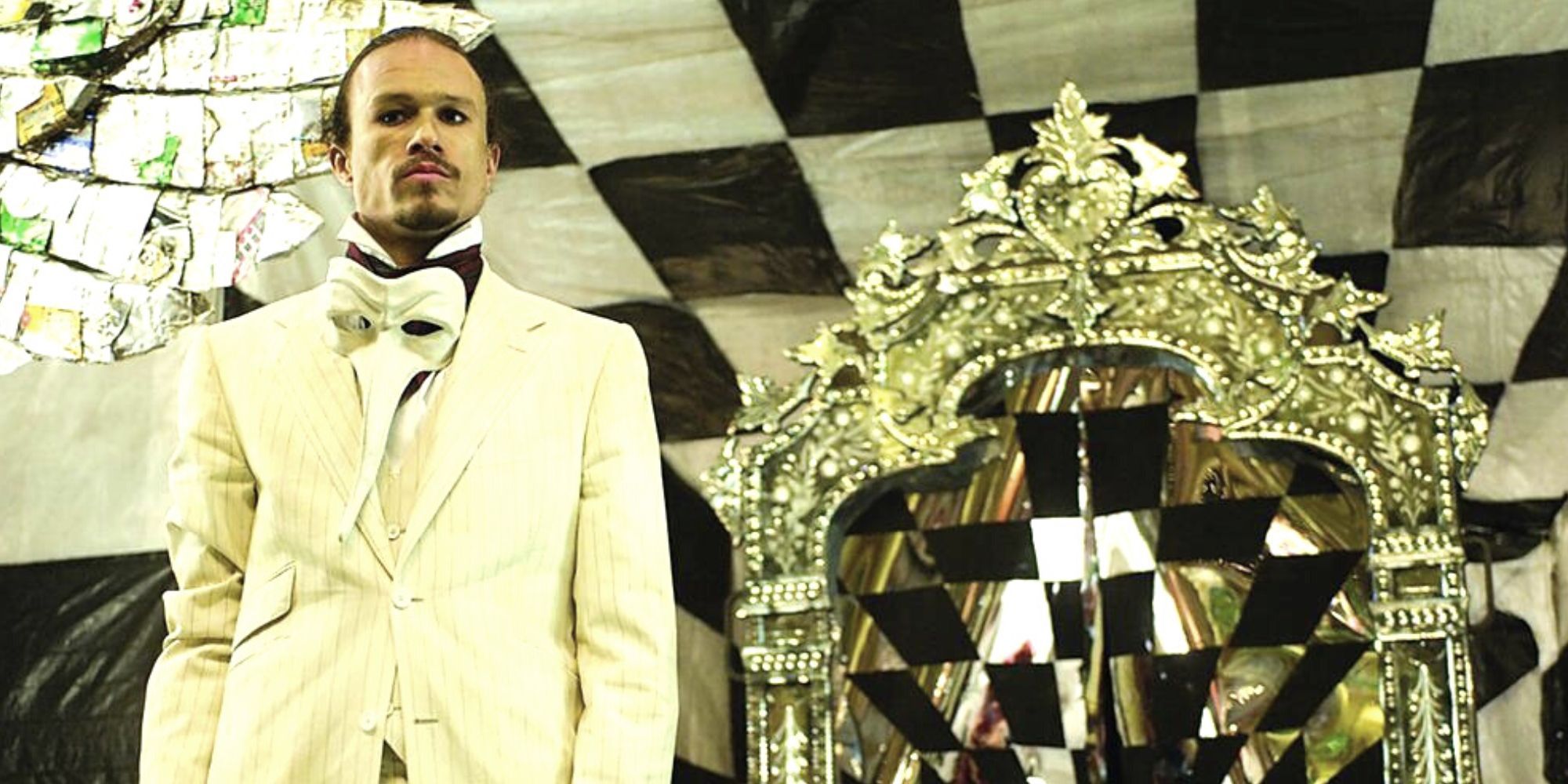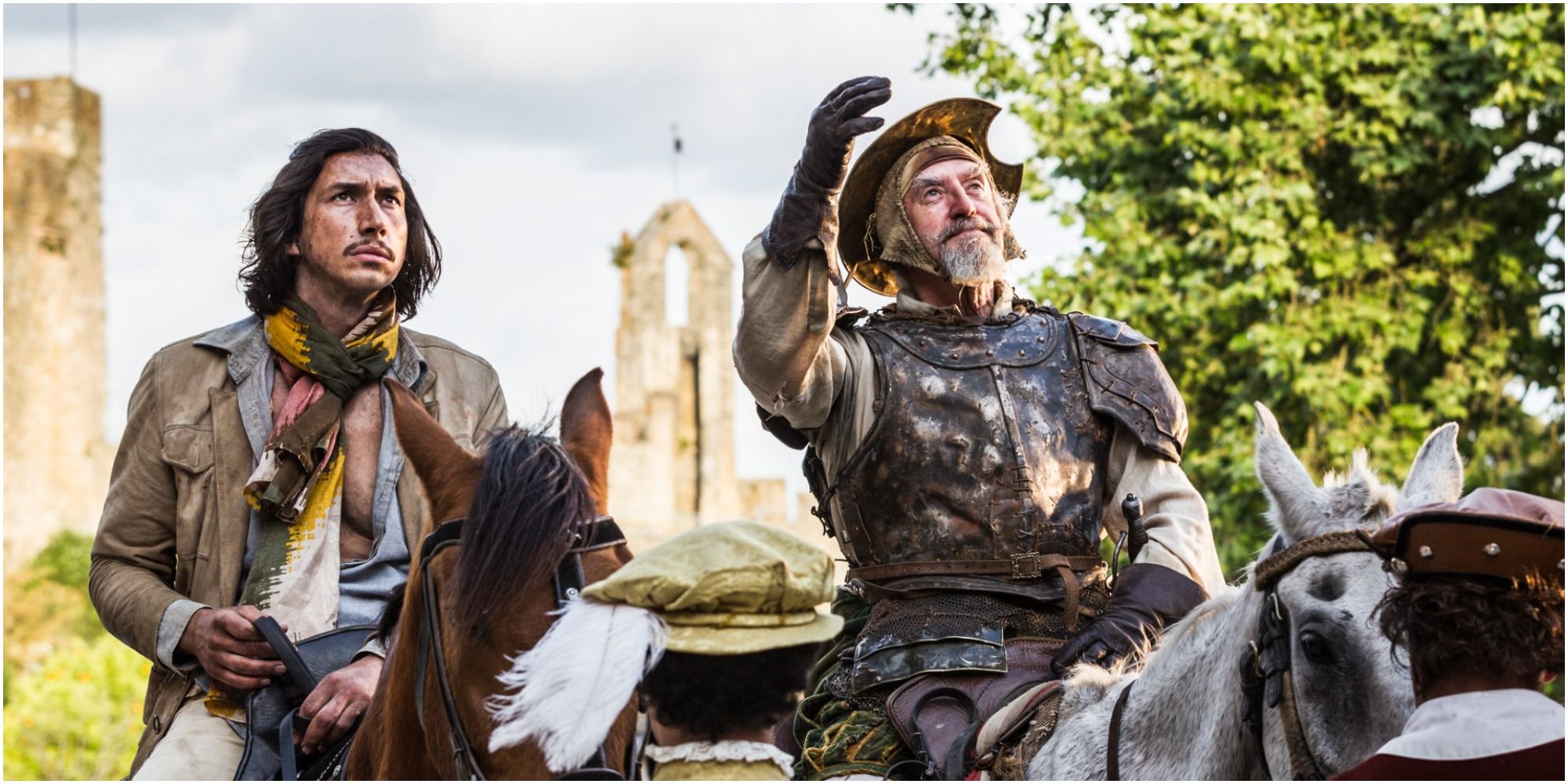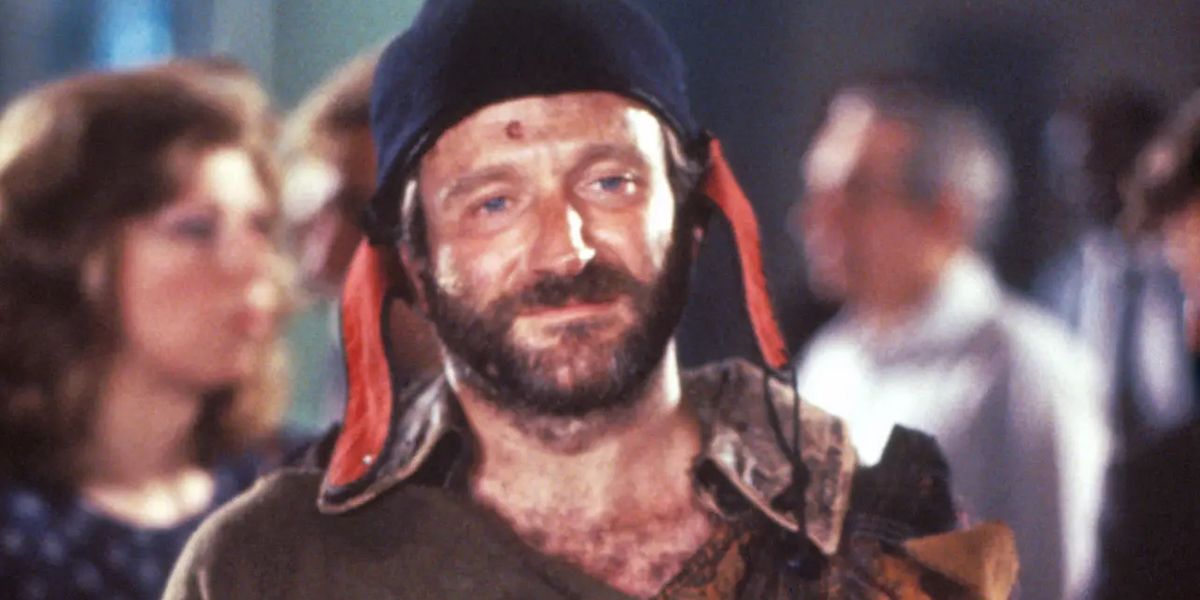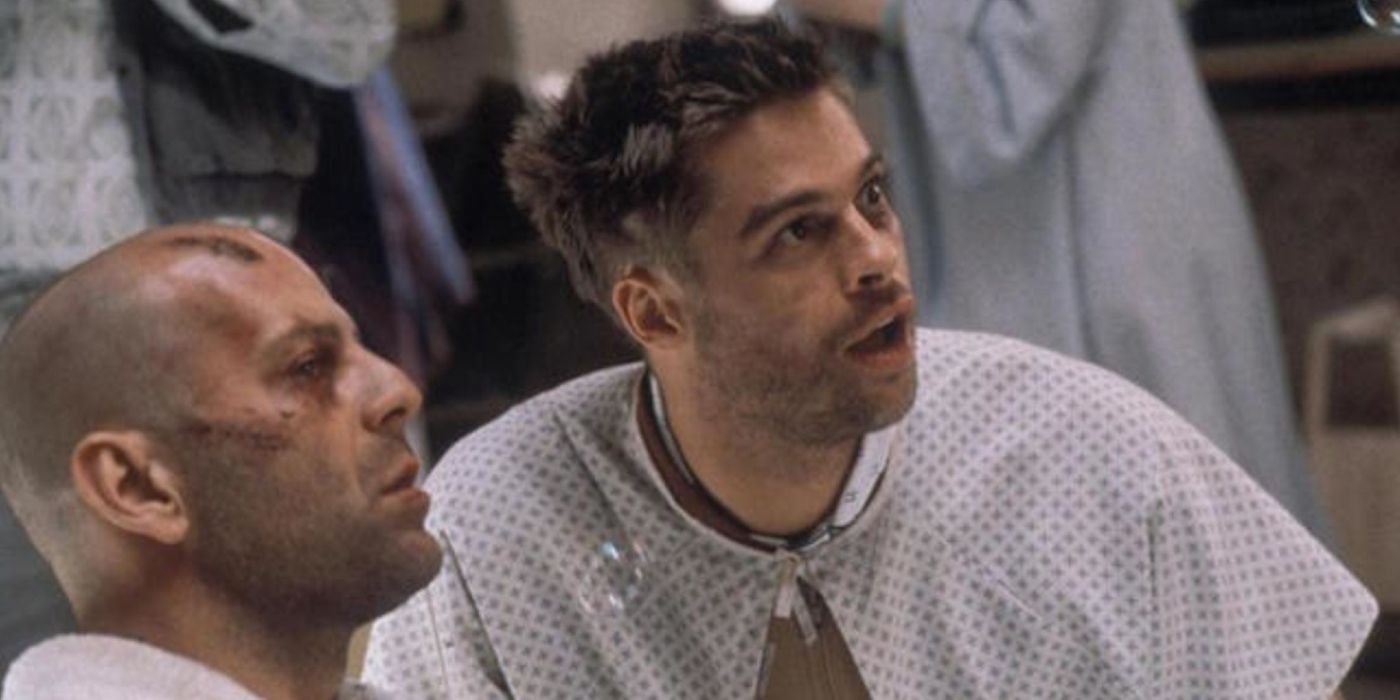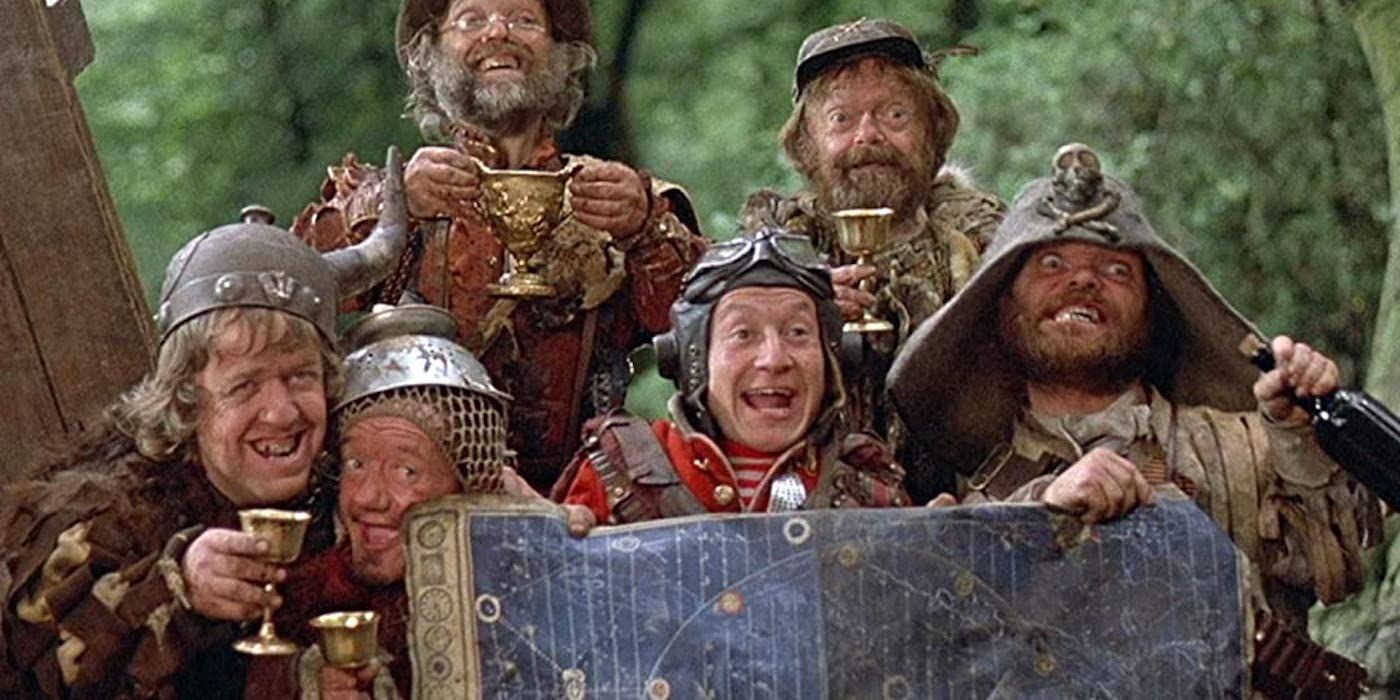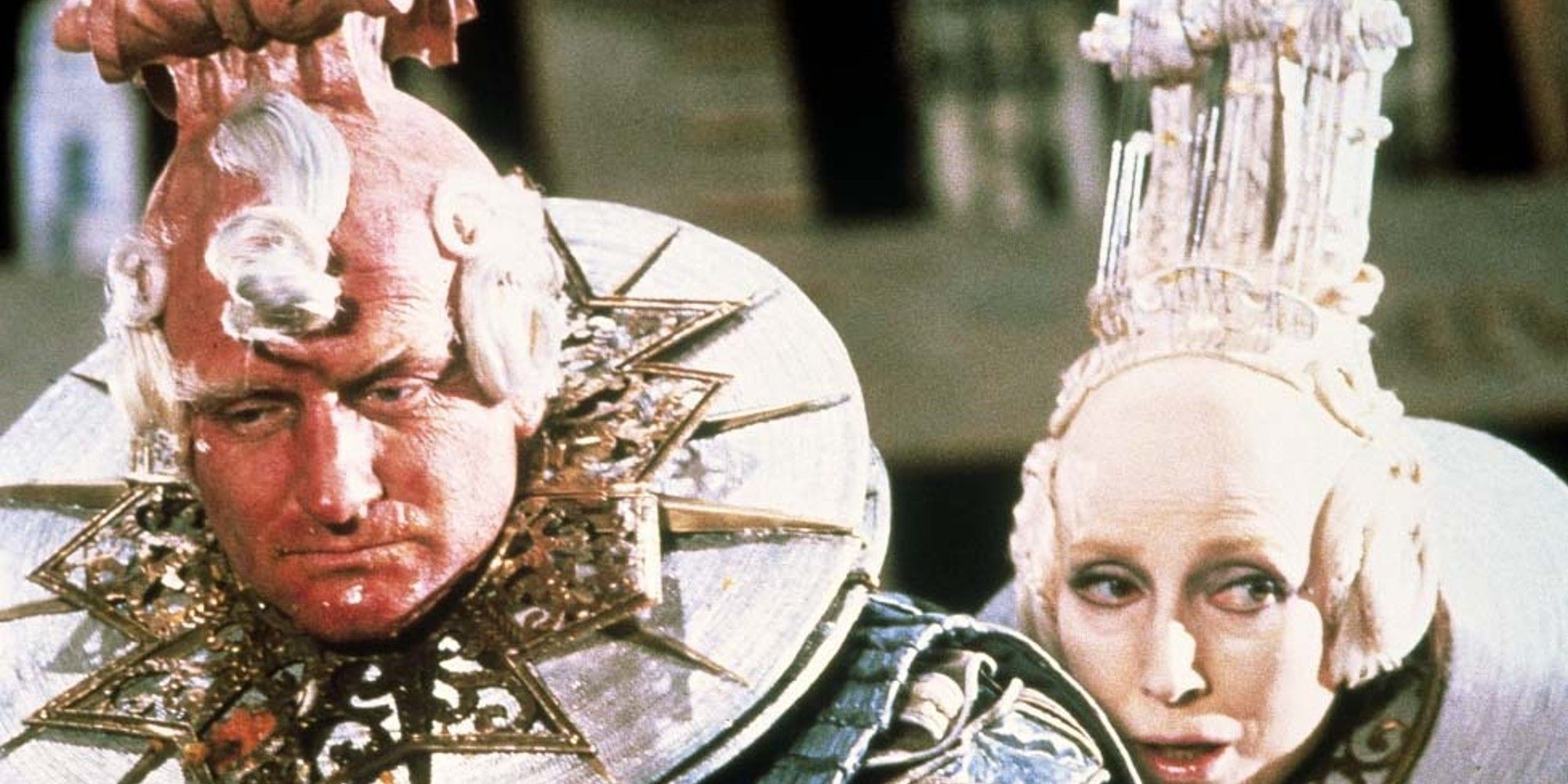One of cinema's most distinctive movie-makers, Terry Gilliam, is also one of the unluckiest directors out there, with constant fights with studios, lead actors dying during production, and some projects taking almost 30 years to complete. For all that, Gilliam's handful of films — so far numbering just 13 — includes some of the iconic fantasy movies released over the last half-century, starting with Monty Python and the Holy Grail and ending with The Man Who Killed Don Quixote.
Gilliam films have an average combined score above 50 points from critics and audiences at Rotten Tomatoes, with the highest going to Holy Grail and the lowest to The Imaginarium of Doctor Parnassus.
9 'Fear and Loathing in Las Vegas' (1998)
Rotten Tomatoes score: 50%
Despite a very average critical response, this 1998 film's high audience score earned it a place on the list. Based on Hunter S. Thompson's 1971 semi-autobiographical novel, a kind of drug-fueled eulogy to the 1960's counterculture movement, it would always be a contentious project.
Featuring Johnny Depp and Benicio del Toro as Raoul Duke and Dr. Gonzo, the protagonists don't so much carry the audience through their hallucinogenic journey through Nevada but drag it along in the back of their convertible. Still, with Gilliam directing, it's some trip — in both senses of the word.
8 'The Imaginarium of Doctor Parnassus' (2009)
Rotten Tomatoes score: 64%
A contest between the devil (Tom Waits) and Parnassus (Christopher Plummer), the owner of an impoverished troupe of traveling entertainers, this 2009 film revolves around the Imaginarium of the title: a doorway that lets people travel to places shaped by their own desires and where they choose between ignorance and knowledge. The devil wins if they choose ignorance, and Parnassus if they choose knowledge. The catch is that the ultimate prize is the soul of Parnassus's young daughter, Valentina (Lily Cole).
When the troupe rescues Tony Shepard (Heath Ledger) from being hanged by Russian gangsters, Parnassus's life gets way more complicated. Tragically, Ledger died during filming, but Gilliam's direction and flair for the fantastic and clever scriptwriting (with Charles McKeown), allowed his character to be played by guest actors Johnny Depp, Jude Law, and Colin Farrell.
7 'The Man Who Killed Don Quixote' (2018)
Rotten Tomatoes score: 66%
The perfect example of development hell, The Man Who Killed Don Quixote, had been a pet project for Gilliam since 1989. Through thick and thin, starting with a version simply called Don Quixote, and with various actors considered for the role — ranging from Sean Connery, Jean Rochefort, Gérard Depardieu, Robert Duvall, and John Hurt — Gilliam's dream project experienced disaster after disaster. Filming for the final version started in 2017, starring Adam Driver, and with Jonathan Pryce in the role of Don Quixote, it was released in 2018.
Strangely, this long road to final production is, in its own right, a typical Gilliam film. Indeed, in 2002 a documentary was made about one of Gilliam's earlier attempts to make Don Quixote — Lost in La Mancha — with a follow-up documentary about the whole 30-year process — He Dreams of Giants — now in post-production.
6 'The Fisher King' (1991)
Rotten Tomatoes score: 84%
A remarkable story about love, tragedy, and ultimately, redemption, 1991's The Fisher King starred Robin Williams and Jeff Bridges as two men linked by circumstances and fate who help each other find a way through their own personal hell.
Perhaps because he was not involved in the scriptwriting, The Fisher King is the most grounded of Gilliam's films on this list, which, since it is based on one of the most important stories in the Arthurian cycle, is quite ironic. Proof, perhaps, that every life is extraordinary and capable of touching the fantastic.
5 '12 Monkeys' (1995)
Rotten Tomatoes score: 88%
Whether or not Gilliam planned 12 Monkeys as a companion piece to Brazil, comparisons are hard to avoid. It's not simply the film's "look" — the almost overwhelming sense of dread and hopelessness inspired by its overall design — but, as in Brazil, it's the tragedy of the inevitable fate waiting for its protagonist, James Cole (Bruce Willis).
Based on the short 1962 French sci-fi film — La Jetée — Gilliam spins a story with unexpected twists and turns without ever losing the audience, right up to the film's grim finale.
4 'Time Bandits' (1981)
Rotten Tomatoes score: 90%
If Time Bandits were made now, it would still delight and startle audiences like it did in 1981. The story follows a boy, Kevin (Craig Warnock), who joins a band of dwarfs trying to make free with the Supreme Being's map of all spacetime. Their adventures shuffle them through a connected series of set pieces throughout history from Ancient Greece to the deck of the RMS Titanic.
Time Bandits demonstrates one of Gilliam's strongest trademarks — his ability to thoroughly mix the historical with the fantastic, using innovative set design and special effects to convince us what we see is the real universe and our world is nothing but a poor reflection of something brighter and better.
3 'The Adventures of Baron Munchausen' (1988)
Rotten Tomatoes score: 91%
One of the first fantasy films ever made was Georges Méliès' The Surprising Adventures of Baron Munchausen. In 1988 it was Gilliam's turn to co-write and direct his version of the life of the famous teller of tall tales as Munchausen (John Neville) avoids the Angel of Death, saves a city from an invading army, antagonizes the King of the Moon (Robin Williams) and flirts with the goddess Venus (Uma Thurman) in a volcano.
As with Time Bandits, the audience watches this romp through fantastical landscapes peopled with even more fantastical characters through the eyes of a child, Sally Salt (Sarah Polley), strangely making the whole thing seem very real. In the end, like Sally herself, we're left with the feeling it was all more than just a story.
2 'Brazil' (1985)
Rotten Tomatoes score: 98%
While Gilliam can make films that delight and enchant, he is perhaps at his best when he creates dark and dystopian worlds. Even in films that are largely upbeat, there are scenes filled with long shadows and a suggestion of desperation.
1985's Brazil is a film about long shadows and desperation. In a totalitarian world that gives the one in George Orwell's Nineteen Eighty-Four a run for its money, Sam Lowry (Jonathan Pryce) dreams of being a hero in a world that despises heroes. Although he ultimately succeeds in being heroic, it matters little in a world where a single spark is unnoticed in the great darkness. It's a testament to Gilliam's skill as a director that the audience stays with Sam until the very end.
1 'Monty Python and the Holy Grail' (1975)
Rotten Tomatoes score: 98%
Often hailed as one of the greatest comedies ever made, 1975's Monty Python and the Holy Grail was the first original film from the renowned and beloved Monty Python troupe (their first film, And Now for Something Completely Different, was a compilation of recreated sketches from their television show).
The film had two directors — Terry Jones and Terry Gilliam — and although Jones' love of medieval history shines through the film, the look and feel of the story are pure Gilliam, presaging many of the visual cues he uses to let the audience know the world is out of kilter and the unexpected is hiding just around the corner.


